 ‘Miss You Already’ mixes tones but tells a memorable breast cancer story
‘Miss You Already’ mixes tones but tells a memorable breast cancer story
Director: Catherine Hardwicke
Writer: Morwenna Banks
Starring: Toni Collette, Drew Barrymore
“It’s the closest to death I have ever been. The chemotherapy takes you as far down into hell as you’ve ever, ever been.” - Melissa Etheridge
“I laughed more in the hospital than I ever have in my life, making fun of all the weird things that were happening to me.” - Christina Applegate
Both quotes from Etheridge and Applegate refer to their battles with breast cancer, a viciously cruel disease in which – according to www.breastcancer.org – 1 in 8 women will develop. In the dramedy “Miss You Already”, director Catherine Hardwicke explores this dark topic through a lifelong friends-narrative, one friend with the disease and the other helps her manage. As the movie opens, Jess (Drew Barrymore) has an altogether different life crisis and desperately wishes her best friend Milly (Toni Collette) is present. Alas, no Milly, so Jess narrates a brief history of their relationship in an amusing look back, beginning in 1986. As an audience, we feel quite up-to-date on their close bond of almost 30 years, as they kiss boys, party, have each other’s back, drink, and laugh a lot. Jess and Milly might not be pristine choirgirls, but one admires the steady high notes of their strong friendship.
Now in their late 30s, Milly has the dream-family dynamic, complete with a loyal husband (Dominic Cooper), two kids and a successful career. Although Jess is happily married (Paddy Considine), the blessing of children is still a dream. Other than the stresses of everyday life – and the missing ingredient of kids on Jess and Jago’s (Considine) houseboat – these two couples enjoy a lovely harmony in London, until the fateful day when Milly’s doctor diagnoses her with breast cancer.
Hardwicke brings Jess, Milly’s family and us along on her emotionally and physically painful journey. We see the horrid effects of chemotherapy – complete with on-screen vomit – and from there, the camera shows much worse. Based upon the opening scene, the film feels like a long and slow death march. Now granted, the narrative is not a certain death march, but it – especially given the movie’s title – seems like a probable one. Collette is a talented and experienced actress, and she completely embraces the material. Milly is not a particularly likable person, and Collette successfully presents a self-centered, egotistical and caustic human being who also happens to be in the fight of her life.
Screenwriter Morwenna Banks could have written a more congenial character, but the film’s focus is on the soup-to-nuts experience with breast cancer and the bond of friendship. I imagine anyone suffering from - or knowing someone with – this disease can certainly relate to this frank storyline. Hardwicke and Morwenna do not pull any punches, and Collette’s and Barrymore’s characters absorb several and sustained body blows. Jess shares Milly’s pain and makes herself available at the drop of a hat (like a best friend should) for a hug, company or wild goose chase. Trying to balance this “certain” road to a hopeless destiny, Morwenna throws in piles of humor and quick British wit to lighten the mood. At times, Milly and Jess joke about cancer-related issues with wigs, barf bowls and giant needles but also refer back to their youth by reciting “Wuthering Heights” and drawing mustaches on models in magazines.
The problem is the humor feels like it goes too far and is inserted too often. For instance, during a quiet moment when Milly and Jess profess their friendship-love for one another, they immediately give each other the (middle) finger. I suppose old habits are hard to break, but it certainly broke a moment of compassion and tenderness, as the movie audience responded with a theatre filled with giggles. Although the humorous moments generate laughs, it also works too well for a serious storyline. Two recent films dealt with terminal diseases, and they handled humor differently or nearly removed it entirely, and the result was: better packaged and received movies.
“Me and Earl and the Dying Girl” arrived in theatres earlier in this year, and this film - about cancer - contains highly-effective and wonderfully-delivered places and spaces of humor, but it also needs to be serious for long periods of time. Thankfully, the movie offers distinct barriers between scenes with comedy and others with somber undertones. The script makes it easy to compartmentalize times to laugh versus times to shed tears. These invisible barriers in “Miss You Already” are less distinct, and in some cases, non-existent, and the dichotomous tones unfortunately crowd many scenes with unwanted mixes of levity and sadness.
In 2014’s “You’re Not You”, Hilary Swank portrays a woman with Lou Gehrig’s disease, and that film contains less room for jokes. The plot features Swank’s character’s long deterioration and emotes through the overwhelming captures of her challenging physical transformation. Swank’s extraordinary performance brings an entirely new and valuable perspective of the disease. Collette absolutely captures a similar bodily descent, and your heart goes out to Milly. On the other hand, due to the focus on the ladies’ friendship and play with humor, the physical effects of Milly’s cancer do not overwhelm like “You’re Not You”.
Collette’s performance is heartfelt and memorable, and Milly and Jess’s friendship captures the roller coaster ride that relationships often take. Jess deals with Milly’s egocentric “cancer bully” tactics and sometimes corrosive personality, but the spillover effect is: the movie asks the audience to deal with Milly’s difficult behavior as well. Rather than adding depth, the Jess/Milly arguments and frequent injections of comedy feel distracting. This movie about breast cancer does work but not as much as it should. On the other hand, “Miss You Already” does provide awareness in a much more effective fashion than simply wearing pink ever could. Quite frankly, Melissa Etheridge’s and Christina Applegate’s aforementioned statements do resonate a bit more after watching this movie. Perhaps, that’s all that matters. (2.5/4 stars)

 Scouts Guide to the Zombie Apocalypse
Scouts Guide to the Zombie Apocalypse
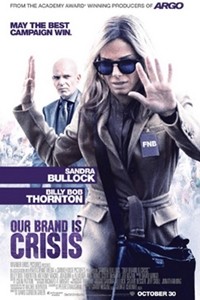 The political film ‘Our Brand Is Crisis’ inexplicably mixes messages
The political film ‘Our Brand Is Crisis’ inexplicably mixes messages
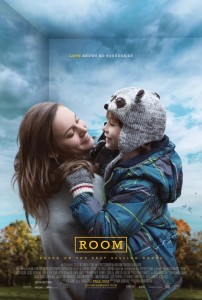 Room
Room
 Rock the Kasbah
Rock the Kasbah
 ‘Bone Tomahawk’ tosses an exceptional, gritty and gory western onto big and small screens
‘Bone Tomahawk’ tosses an exceptional, gritty and gory western onto big and small screens
 “’The Last Witch Hunter’ adds good ingredients but undercooks the brew”
“’The Last Witch Hunter’ adds good ingredients but undercooks the brew”
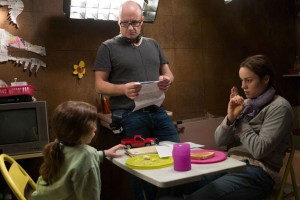 Interview - Lenny Abrahamson, the director of “Room” (2015)
Interview - Lenny Abrahamson, the director of “Room” (2015)
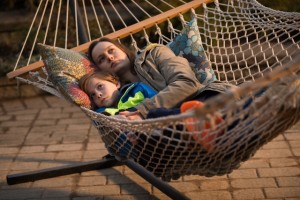
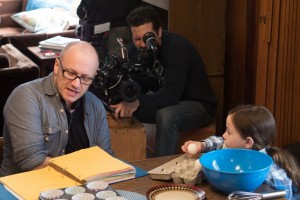 PFF: One of the pleasures of the film is Jack’s narration, as he explains the way he sees the world. What lessons can adults take by looking at life through a kid’s eyes?
PFF: One of the pleasures of the film is Jack’s narration, as he explains the way he sees the world. What lessons can adults take by looking at life through a kid’s eyes? 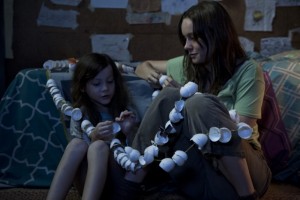
 “A well-designed ‘Steve Jobs’ leaves the audience wanting a future release”
“A well-designed ‘Steve Jobs’ leaves the audience wanting a future release”
 Bridge of Spies
Bridge of Spies
 “The foreclosure film ‘99 Homes’ serves stressful theatre”
“The foreclosure film ‘99 Homes’ serves stressful theatre”
 “He Named Me Malala” features an extraordinary woman in a less-than-perfect documentary
“He Named Me Malala” features an extraordinary woman in a less-than-perfect documentary
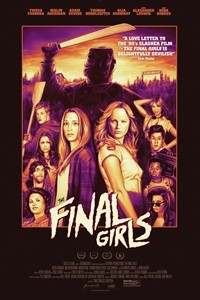 The Final Girls
The Final Girls
 Interview – Adriana Trigiani, Jenna Elfman and Paul Wilson of “Big Stone Gap”
Interview – Adriana Trigiani, Jenna Elfman and Paul Wilson of “Big Stone Gap”



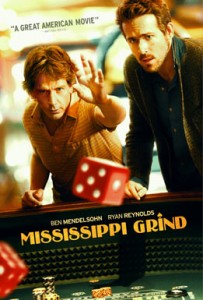 “Mendelsohn and Reynolds are a pair of aces in ‘Mississippi Grind’”
“Mendelsohn and Reynolds are a pair of aces in ‘Mississippi Grind’”
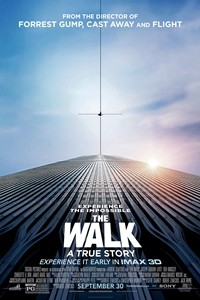 The Walk
The Walk
 The Martian
The Martian
 Sicario
Sicario
 The Intern
The Intern








